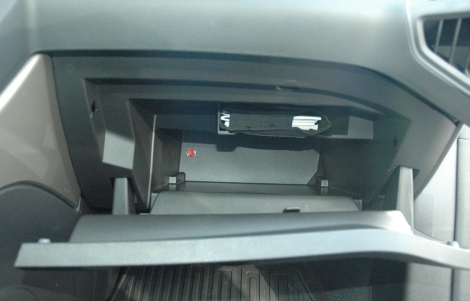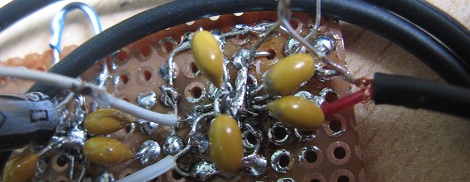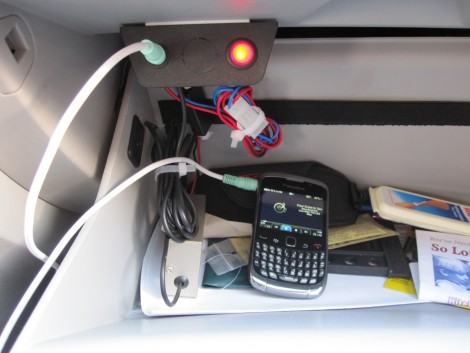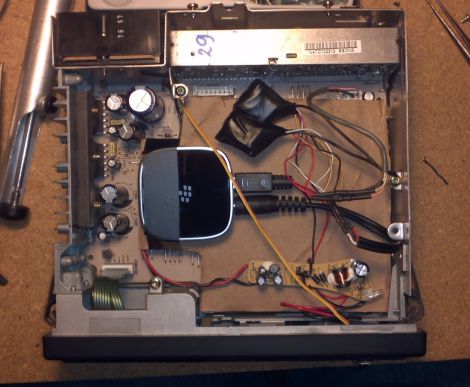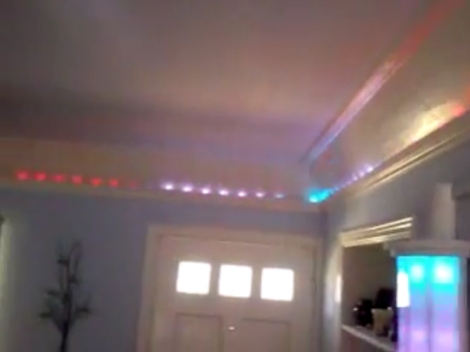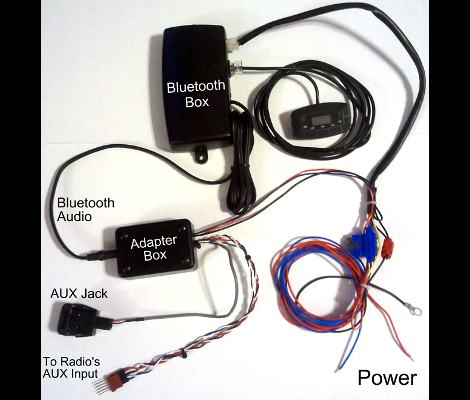
We’re rather impressed with the work [Aaron] did to add Bluetooth connectivity to his 2008 Honda. He used an aftermarket kit, but rolled in his own revisions to make it look and feel like an original feature.
After being disappointed by an expensive docking system he grabbed a Jensen BT360 kit for about $35. It comes with an external speaker which would look horrid mounted on the dash. That speaker is meant to play your telephone audio via Bluetooth, while music from the phone is sent to the car stereo using an FM transmitter. Since he planned on hiding the control unit under the dash anyway, it wasn’t too hard to add some wires which intercept the audio being fed to that FM transmitter. From there he added a couple of relays to automatically route the audio signals (when present) and patched the whole thing into the Aux input. This way he doesn’t need the extra speaker, and all sound is feed to the head unit via wire instead of radio transmissions.
The final setup works pretty well. If a phone call comes in it automatically mutes the volume, or pauses the iPod if that’s what’s currently playing through the Aux port. [Aaron] thinks the bass from music played via Bluetooth is not quite as rich as when using the Aux port, but if you don’t mind the cables that’s still an option too.

